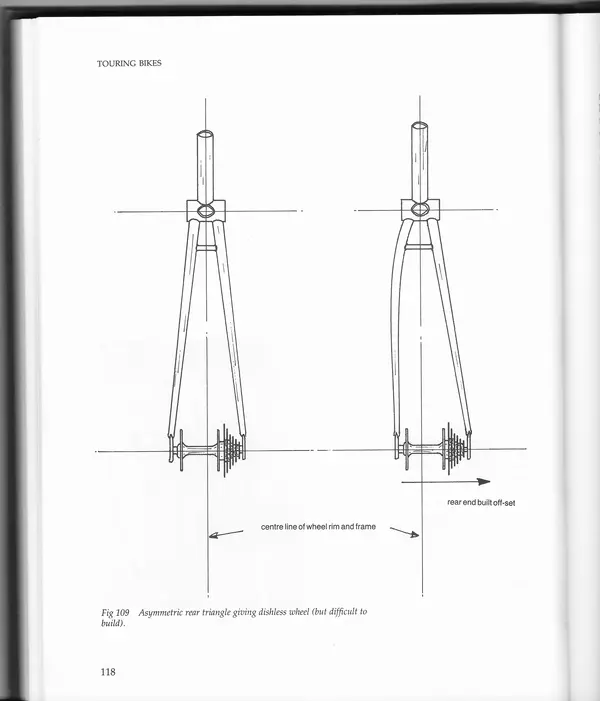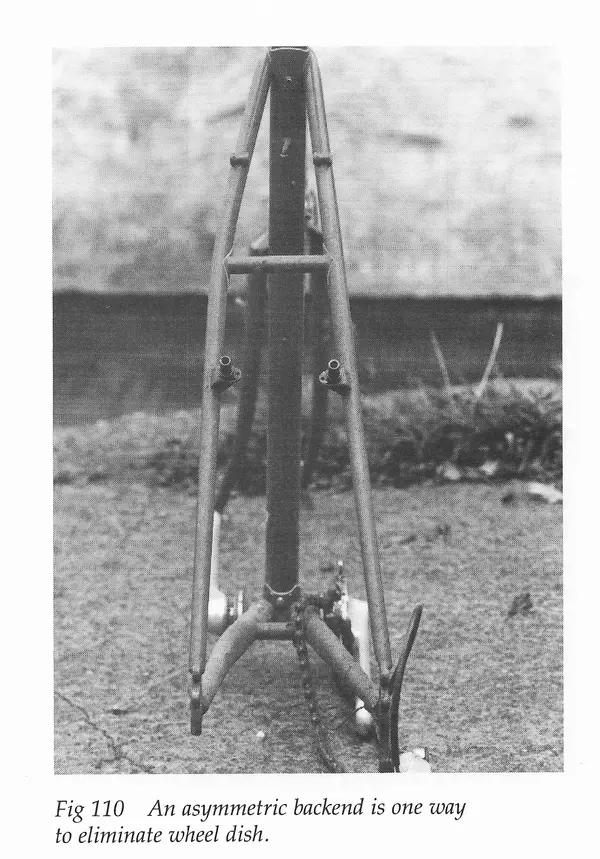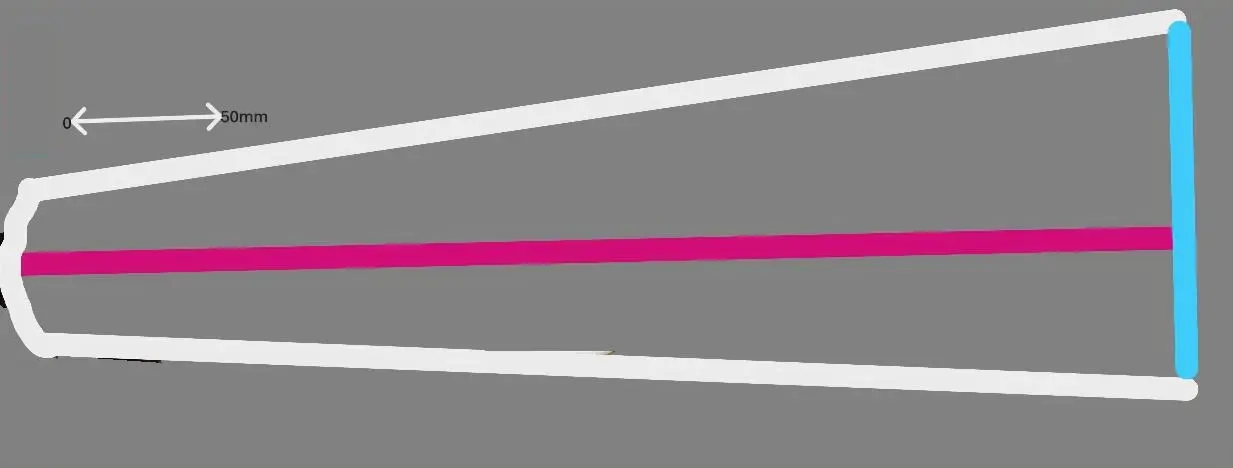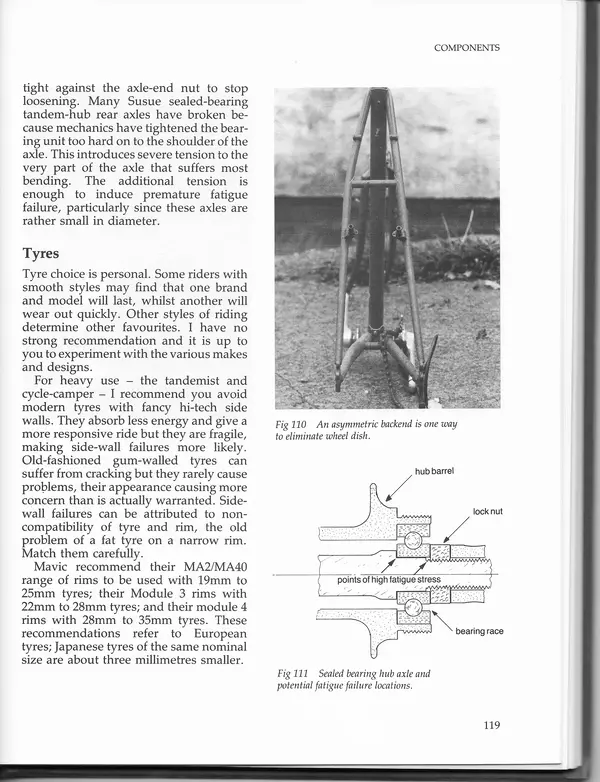https://www.retrobike.co.uk/threads/english-range-rider.475589/Woodrup= a name that's been around for donkeys producing and repairing frames - no personal experience but I'd have no hesitation.
What's money after all? Spend it, enjoy it. If you've got some money and got kids they won't miss a few hundred quid. They might then have 'dad's' cool old MTB to fight over when the time comes! By then you'll have enjoyed riding it again. Win-win.
You are using an out of date browser. It may not display this or other websites correctly.
You should upgrade or use an alternative browser.
You should upgrade or use an alternative browser.
Cleland Range Rider (RR-001 English Cycles) Highpath. 1982
- Thread starter REtrouble
- Start date
TreaderSteve
Senior Retro Guru
It ain't a BMX - hopefully the moderators can move it to the pre '98 MTB area!
I couldn't figure out which category to put it under... wonder if I can move it?It ain't a BMX - hopefully the moderators can move it to the pre '98 MTB area!
Can't figure out how to ask the moderator... ?It ain't a BMX - hopefully the moderators can move it to the pre '98 MTB area!
REtrouble
Cleland Fan
Posted a reply in your thread Peter. 
And an update on my Range Rider seeing as this thread has been reawakened, it's in hibernation at the moment after a house move.
I used it quite a bit up until mid 22 for general running about & it was great fun especially after I stopped the squealing brakes!
I'm looking forward to getting back on the road again soon...... watch this space (but not while holding your breath!!).
And an update on my Range Rider seeing as this thread has been reawakened, it's in hibernation at the moment after a house move.
I used it quite a bit up until mid 22 for general running about & it was great fun especially after I stopped the squealing brakes!
I'm looking forward to getting back on the road again soon...... watch this space (but not while holding your breath!!).
Last edited:
Skülly2
Retro Newbie
Hi REtrouble
I've been wondering about the asymmetric stays arrangement on this bike of yours for some time. I'd love to know how well you think it works, for I am mostly derailleur-afflicted (as they say on the Rolhoff-favouring Thorn forum) and I do love the idea of trying a dishless wheel free-hubbed bike. So much so I recently built up a 2000s 853 'Pastey' mtb with a single-speed hub, stuck a two-speed freewheel and wacked a short cage mech on, with a double on the front to make a 4-speed runaround that is really excellent IMO.
Even better, would love to see a photo straight down the line of the centre of the bike some time, to help me visualize it... only if you can be a***ed naturally. Or maybe I could see the bike some time if you go to any group rides/meets or whatever.
Thanks for any info you choose to share,
Skully
I've been wondering about the asymmetric stays arrangement on this bike of yours for some time. I'd love to know how well you think it works, for I am mostly derailleur-afflicted (as they say on the Rolhoff-favouring Thorn forum) and I do love the idea of trying a dishless wheel free-hubbed bike. So much so I recently built up a 2000s 853 'Pastey' mtb with a single-speed hub, stuck a two-speed freewheel and wacked a short cage mech on, with a double on the front to make a 4-speed runaround that is really excellent IMO.
Even better, would love to see a photo straight down the line of the centre of the bike some time, to help me visualize it... only if you can be a***ed naturally. Or maybe I could see the bike some time if you go to any group rides/meets or whatever.
Thanks for any info you choose to share,
Skully
Skülly2
Retro Newbie
Thanks so much for posting that. It's good to see just how odd it looks.from Tony Oliver, Touring Bikes a practical guide
View attachment 989485
View attachment 989488
And a very basic (!) drawing created by tracing around the inside of the chainstays of an asymmetric rear end.View attachment 989489
Seems interesting to me that the DS seatstay is straight, and the curved one is the NDS. Guess that might be better as the DS presumably has odd torsional forces going on when 'putting the hammer down'.
In my head I had an idea the DS stay would have a kind of kink/hop outwards somewhere nearer the end.
- Feedback
- View
All six of my pre-1990 Cleland Cycles, Highpath Engineering and English Cycles bikes have asymmetric rear triangles and none of their seat-stays or chain-stays are curved. In order to adequately clear the fat tyres most of the seat-stays are bent either side of the connecting bridge to which the mudguards attach and then brazed onto either side of the seat-tube.Thanks so much for posting that. It's good to see just how odd it looks.
Seems interesting to me that the DS seatstay is straight, and the curved one is the NDS. Guess that might be better as the DS presumably has odd torsional forces going on when 'putting the hammer down'.
In my head I had an idea the DS stay would have a kind of kink/hop outwards somewhere nearer the end.
While the chain-stays are narrowed or crimped on the NDS where they pass the tyre, most are straight which is only possible because extra-wide 80, 90, or 100mm bottom bracket shells have been used. The one exception is English Cycles Metro-Trekker that uses a standard width bottom bracket and both chain-stays have had to be bent to clear the tyre.
Similar threads
- Replies
- 18
- Views
- 4K
- Replies
- 2
- Views
- 2K



